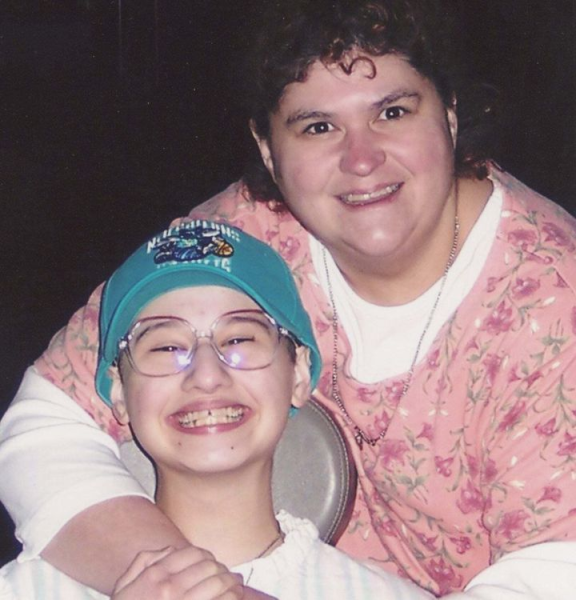Recent Medical Discoveries in 2020: Alzheimer’s
October 9, 2020
For decades, Alzheimer’s has remained a difficult disease in the field of medical progress. To this day, 5.7 million Americans live with this disease. This unknown monster affects one in six people all around the world. It is expected to take over 15 million more people’s lives by the year of 2060. Through the years, scientists have gained more knowledge on this stubborn brain disease and have come so close but yet so far on a treatment. Families who live with a family member or have this disease still live day to day with unknown answers and questions that may not even know to ask.
Alzheimer’s disease is a process of progressive atrophy involving the degeneration of nerve cells. This degeneration leads to mental changes that identify the presence of absence of behavioral disturbances such as aggressive behavior, violent behavior, wandering off or combative behavior. It is a progressive, degenerative brain disease characterized by development of brain plaques consisting of protein (beta amyloid). Dementia can often be associated with Alzheimer’s disease. Like Dementia, Alzheimer’s is differentiated by early or late onset.
In the top ten cases of death in the United states, Alzheimer’s is the only one that can not be cured, slowed or even prevented. From 1988 – 2017, 146 attempts for a treatment have been brought to the market. Treatment is currently directed towards symptom management and slowing disease progression. The total cost of Alzheimer’s research and medicines from 2017 to 2030 is a cumulative cost of $7.7 trillion- $3.2 trillion. The outcome of all of that money spent, was positive and resulted in 92 medicines in development. People with Alzheimer’s disease need an extensive amount of nursing and at home caregiving. In the United States, there is $4.5 trillion in unpaid caregiving. Not everyone can afford insurance and can not afford the extremely high medical bills but it was not their choice to live each day with this.
Just a few years ago, treatments that sounded impossible or fiction, are reality today. While researching through the years, Biopharmaceutical Researchers have made progress in trying to understand biomarkers with the improvement of PET Scans and MRI’s. As researchers juggle the challenges of COVID-19 and are trying their hardest to find a cure, it is important to to remember Alzheimer’s has not gone away and researchers are still working to find a treatment. It has not been easy trying to find a treatment for Alzheimer’s because studying a human body is one of the most challenging tasks in the world. A medicine may work on one patient, but not another even with the same disease. This is why numerous treatment options for diseases like Alzheimer’s are needed. Due to different reactions to medicine, in 2015 more than 25% of new medicines that were approved by the Food and Drug Administration (FDA) were personalized to suit and make the patient feel comfortable.
During this World Alzheimer’s Awareness Month, everyone is thanking the scientists, researchers and biopharmaceutical researchers who have spent countless hours researching this complex disease. Also, thank you to all of the patients who have enrolled in clinical trials who have made a huge impact on advancing treatments. Scientists will not stop until they find a way to beat this complex disease.











